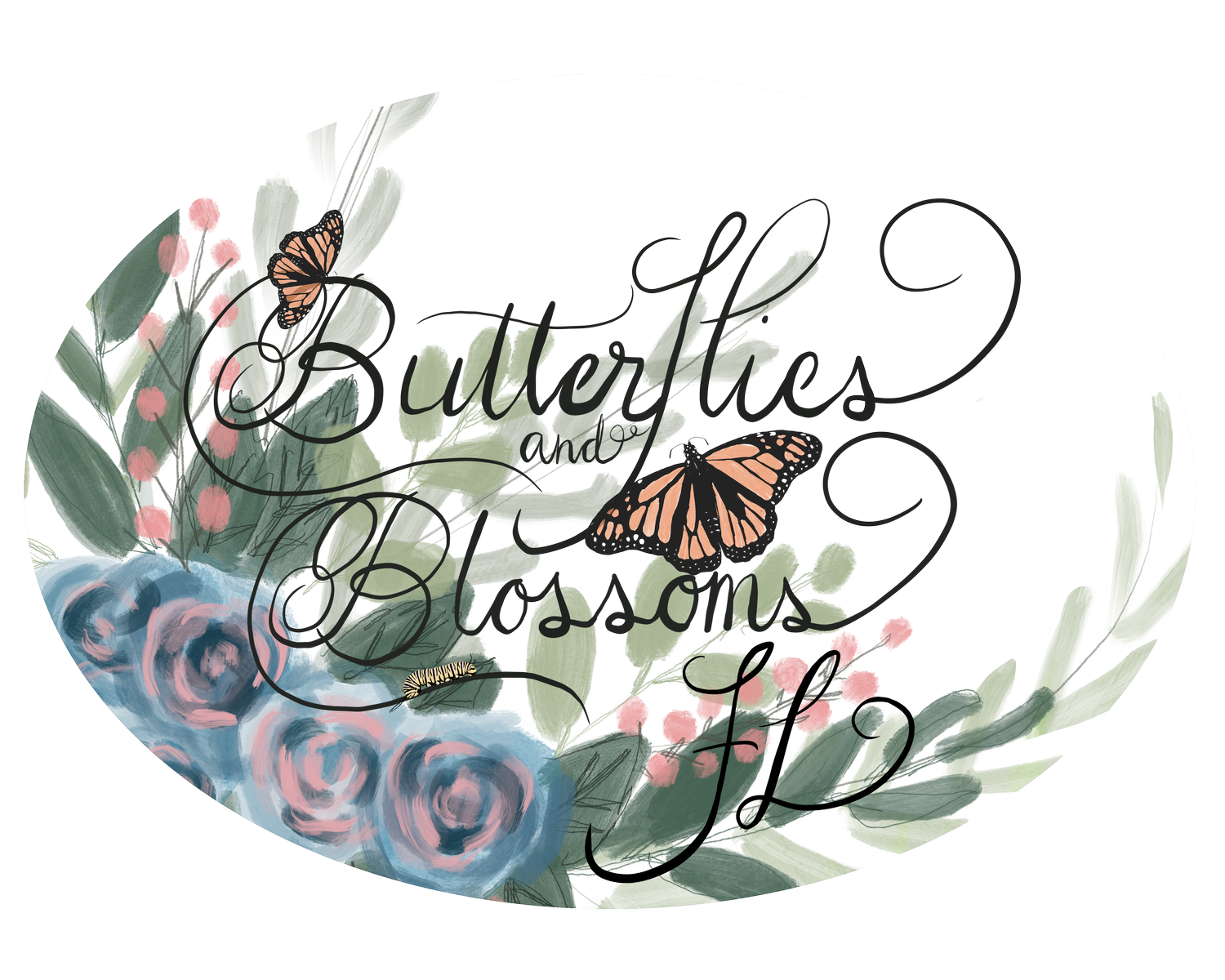Diary of a Gardener Protect Mother Earth
Do you garden because you love flowers? Are you a butterfly chaser or bird watcher? You like to grow your own food? Aside from not growing my own food, remember I do not like tomatoes, I garden for all the above reasons and more. Over the years of learning more about gardening one gleaning fact is, I have learned to appreciate the environment more, my personal impact and how some of my decisions could have a negative impact on our earth. The reality is we all need to be more careful with our precious earth.
I have a passion for pollinators and birds in my landscape. I have planted so many pollinating plants I have attracted pollinators I do not want, such as a moth that loves to eat the leaves on my Desert Rose plants. I do not want my Desert Roses defoliated over and over. The Monarchs can eat the milkweed all day long, the Gulf Fritillary can decimate the passion vine, but please not the Desert Roses. Having a passion, educating and being a steward for our local ecology is important. But there are many ways to make our point, educate and allow others to “lean” into new practices. We do not need to be militant and disgruntled when trying to educate our local community on the importance of native plants, pollinators and how they both work together.
So, why am I saying all this? Lately, it has disappointed me to have witnessed some local business owners both give terribly incorrect information and very correct information yet in a manner that is arrogant and rude. To me it is as if the doctor tells you should eat better for your health. If you are a junk food junkie going cold turkey to salads and broiled fish may be a stretch, but easing into making healthier choices will allow your palate time to adjust. So rather than scream and make accusations about non-native plant landscaping choices and to do so loudly on social media, a softer, gentler approach could achieve the embrace we need to change our poor landscaping habits. As my granny used to say, “there are more ways to skin a cat.” I am not sure who skins cats or why one needs to skin a cat, but the point is, there are multiple ways to get a job done.
A few lessons I have learned from these experiences. 1. Do not believe everything you read on the internet, especially social media. If something sounds off, like someone saying an oak tree is invasive, then it is bad information. You should always research your own plant needs. 2. Follow and read research from places such as UF-IFAS, Florida Native Plant Society, Florida Wildlife Foundation, FANN, Florida Department of Ag. 3. Take everything with a grain of salt. Most business owners have well intentions. People who are enthusiastic about the environment, pollinators and wildlife mean well. Meet them with compassion. They are screaming from the rooftops about what needs to be said and are willing to do so even when met with adversity and ignorance.
I happen to believe if you allow people to lean into new habits, they are more likely to be lifetime adopters and not just fair weathered environmentalists when it is convenient. Let us face it, Florida’s environment is fragile. With the increased growth in population, we are losing our native habitat for wildlife. We use 60% of our potable water to irrigate lawns and golf courses, it is hotter every year and our beautiful shores battle pollution. Increasing our use of native plants and Florida-Friendly plants that use less water and little to no fertilization is just one part we can play in protecting our beautiful state, the water surrounding it and the wildlife, including our pollinators. So, if you would like to lean into helping protect those beautiful butterflies and birds then plant native pollinators. If you are unsure how to incorporate those into your landscape, especially if you live in an HOA, reach out to a native nursery or landscape designer, like me, who can create the gorgeous landscape you want, and our pollinators need.

